Hillcrest Hospital culture of improvement drives results
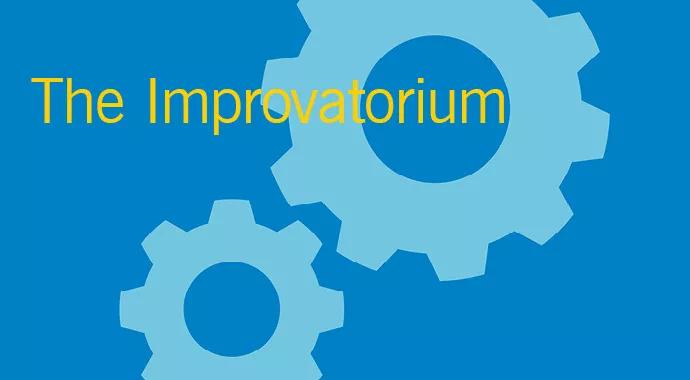
Over the past eight months, nurses at Cleveland Clinic’s Zielony Nursing Institute and Hillcrest Hospital have been looking to accelerate the pace of clinical transformation by instituting a Continuous Improvement (CI) initiative designed to engage all caregivers in better delivering safe, compassionate, affordable care to our patients by standardizing operating procedures and eliminating waste.
Advertisement
Cleveland Clinic is a non-profit academic medical center. Advertising on our site helps support our mission. We do not endorse non-Cleveland Clinic products or services. Policy
CI is nothing new to healthcare or to nursing. It is a philosophy that has been used for decades in various industries, and in the healthcare space it came to fruition in 2001 with the release of the Institute of Medicine (IOM) report, Crossing the Quality Chasm: A New System for the 21st Century. This report was a call for health organizations to renew their focus on improving the quality and safety of patient care in all delivery settings.
As provided by the National Learning Consortium (NLC) in a 2013 report, the key to CI initiatives is using a structured planning approach to evaluate current practice and improve systems and processes to achieve desired outcomes and future vision. This commonly includes strategies that enable team members to assess and improve healthcare delivery and services.
CI begins with a culture of improvement for the patient, the practice and the general population. The CI initiative at Hillcrest Hospital was implemented as a pilot program within the hospital’s 5-Main medical-surgical nursing unit. Throughout the Cleveland Clinic health system, this nursing unit has been one that often scores fair in patient quality and experience, but has consistently shown room for improvement in these areas.
Through much planning and discussion, the Cleveland Clinic Executive Nursing Leadership team felt the Hillcrest 5-Main unit would be an ideal pilot and, pending results, could pave the way for an enhanced systemwide CI initiative with the potential to improve patient care and employee engagement, reduce unit-based costs and increase care affordability.
Advertisement
The hallmark of CI is that every caregiver is capable, empowered and expected to make daily improvements in quality, safety, patient experience, engagement and care affordability.
Led by a dedicated team of nursing professionals, including members of Cleveland Clinic’s CI department as well as the unit-based nurse manager, CI project manager and three frontline caregivers – 5-Main began the initiative in June 2014 with the support of a multidisciplinary steering team and the unit shared governance team.
Caregivers were first introduced to continuous improvement principles that guide implementation of these techniques. These techniques allow caregivers to increase the value they provide through relentless improvement and elimination of waste.
Most familiar to the 5-Main nursing unit from previously instituted CI projects was the concept of ‘5S,’ which as outlined by the U.S. Environmental Protection Agency, uses five Japanese words to describe an efficient workplace organization method that optimizes productivity and maintains order to achieve more consistent operational results.
Caregivers were also taught additional core practices of problem-solving, visual management, standardization and value stream thinking. They were introduced to a video on eight wastes, which highlights waste examples that get in the way of delivering safe, compassionate care to our patients such as transportation, inventory, motion, waiting, over-production, over-processing, defects (poor quality), and underutilization of human talent. The content prepared caregivers to look at different wastes that may get in the way of providing highly satisfying, value-based patient care.
Advertisement
To initiate a plan of action, caregivers were tasked with answering the following questions:
The result? Forty proposed unit improvement ideas.
To effectively share, discuss and track the new ideas, Hillcrest caregivers placed them on a Kaizen board that they displayed in a unit break room they dubbed the “Improvatorium.”
While Hillcrest Hospital has instituted CI initiatives in the past, the difference with this one is that it explicitly aligns with organizational goals, is a strategic process developed by caregivers, and supports doing what is right in a manner that can be sustained through standardization and consistency.
From the “Improvatorium” ideas, the 5-Main nursing team identified one focused CI project designed to improve patient responsiveness. The team’s work led to the development of new standard operating procedures (SOPs) for three key areas and included the following:
Advertisement
At Hillcrest Hospital, creating this culture of improvement has made all the difference in ensuring high-quality patient care – successfully resulting in improved patient experience scores.
In January 2015, every 5-Main caregiver received thorough education of the new CI initiative and the resulting SOPs, and by February, all three SOPs were implemented. To date, the 5-Main Hillcrest Hospital nursing unit successfully achieved 96th percentile (88.1 percent top box score) in the HCAHPS (Hospital Consumer Assessment of Healthcare Providers and Systems) patients’ perspectives in care survey’s “Nursing Communication” domain score and 83rd percentile (75 percent top box score) in the survey’s “Responsiveness“ domain.
As a result of 5-Main’s success, a broader rollout is being considered for later this year.
Advertisement
Advertisement

New protocol reduces costs, increases patient and caregiver satisfaction
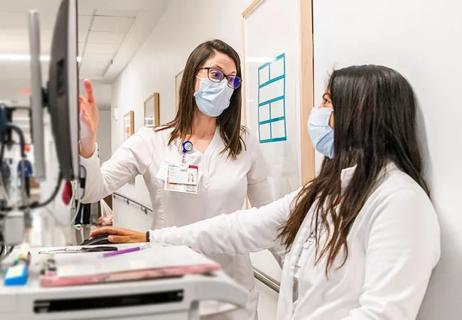
New options benefit caregivers, nursing units and patients
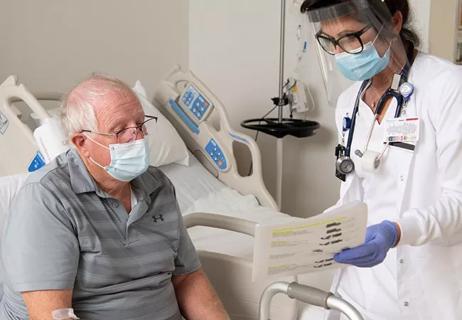
Nurses facilitate preoperative program to educate and prepare patients for ongoing care
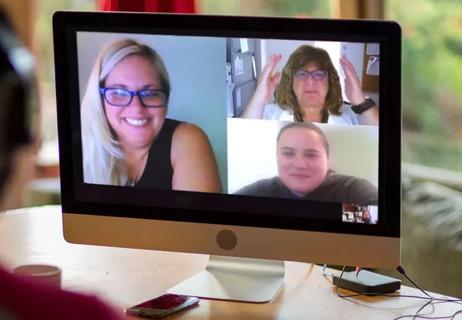
Introduces at-home work and new patient screening tool
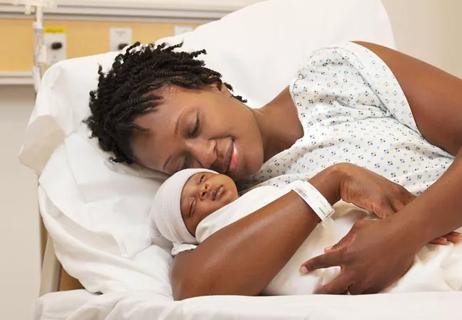
Health disparities, mental health and more
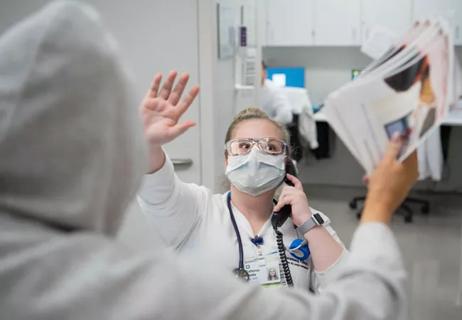
Ideas for approaches to prevention, response and more
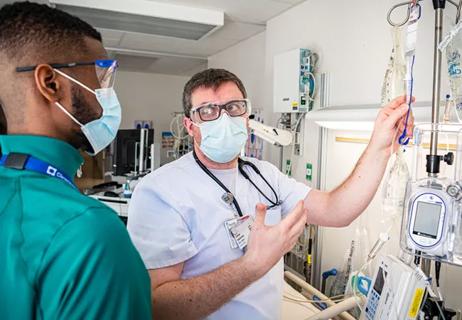
Educating and developing generations of nurses
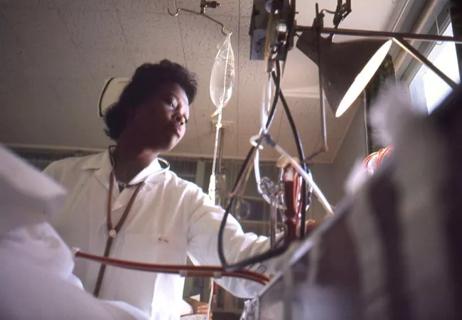
Highlights from Cleveland Clinic’s nursing history pages